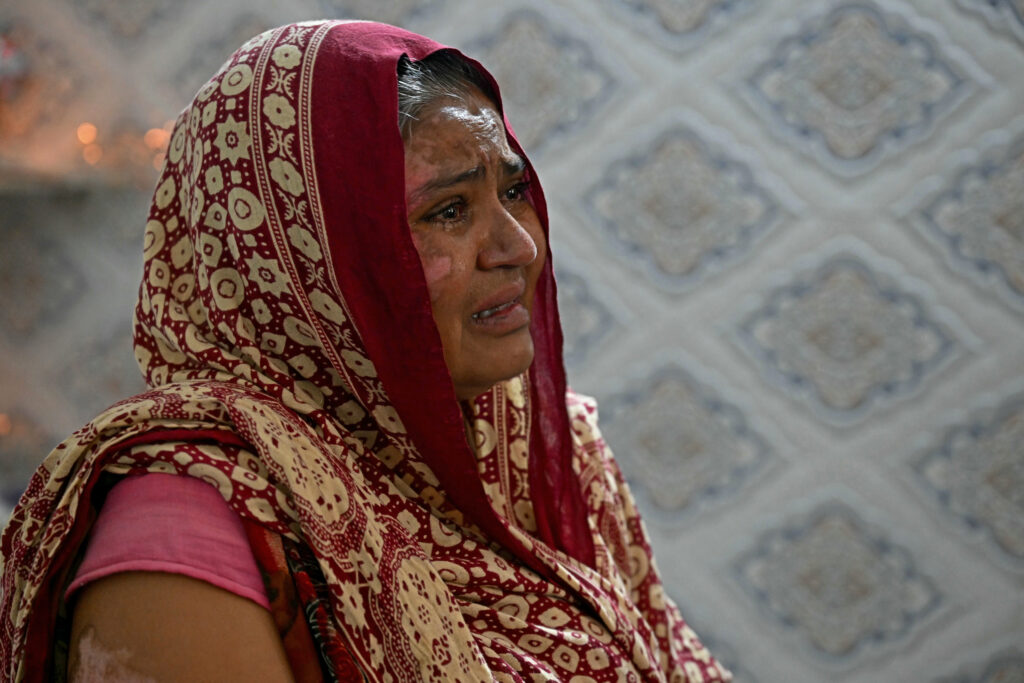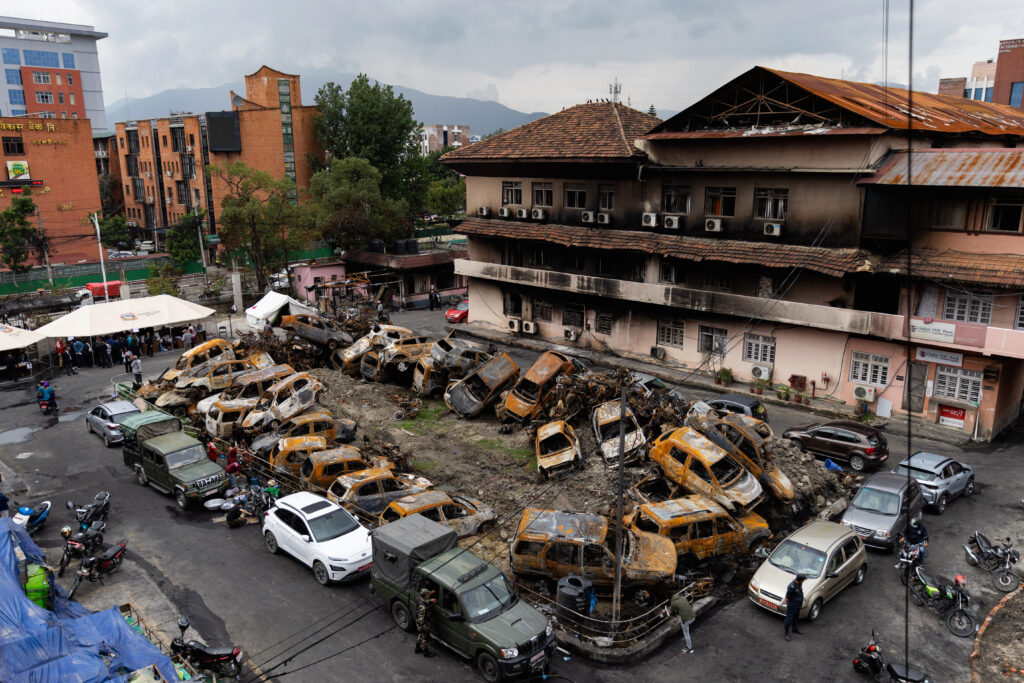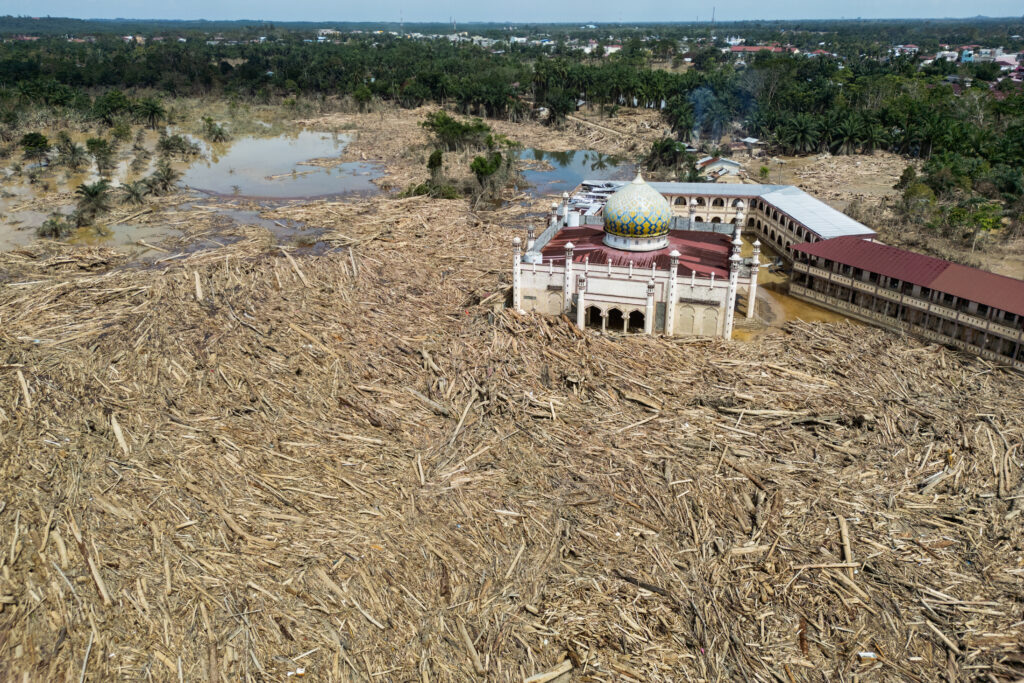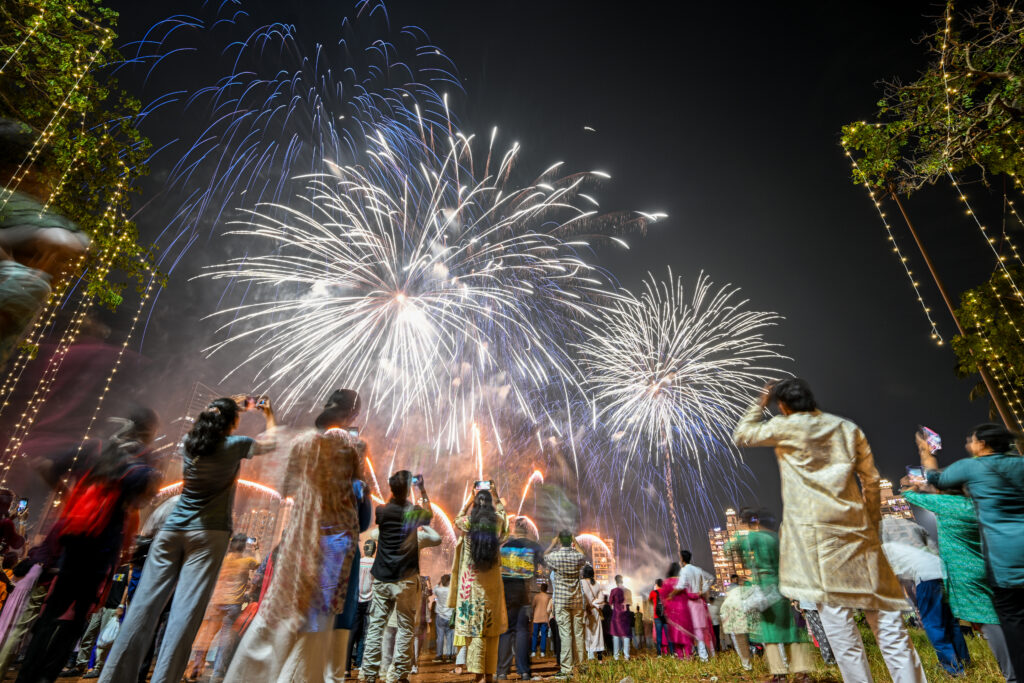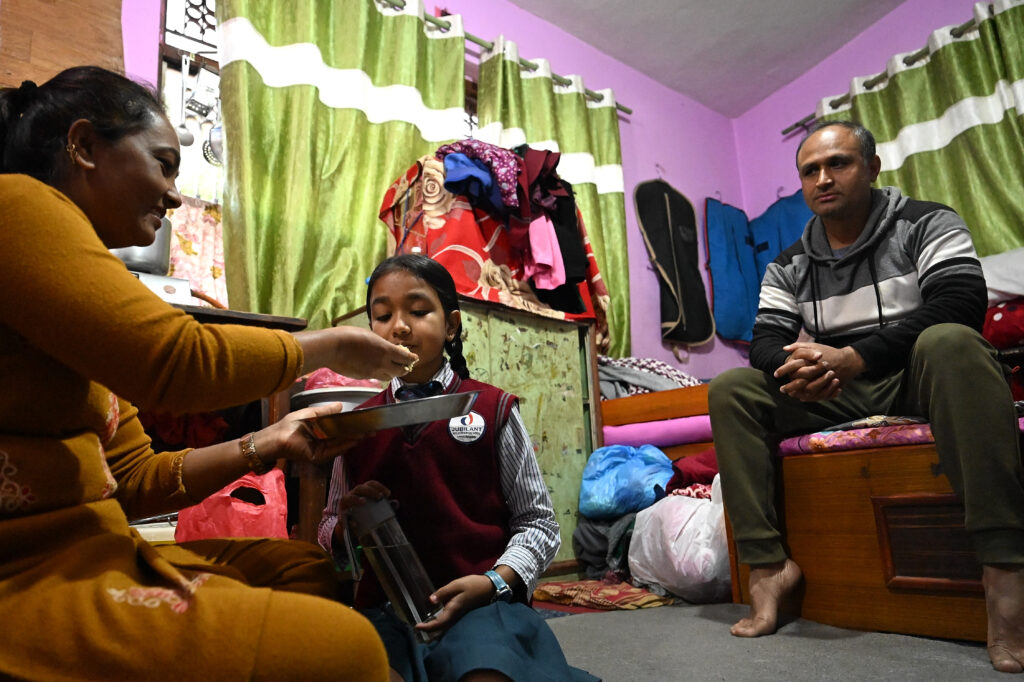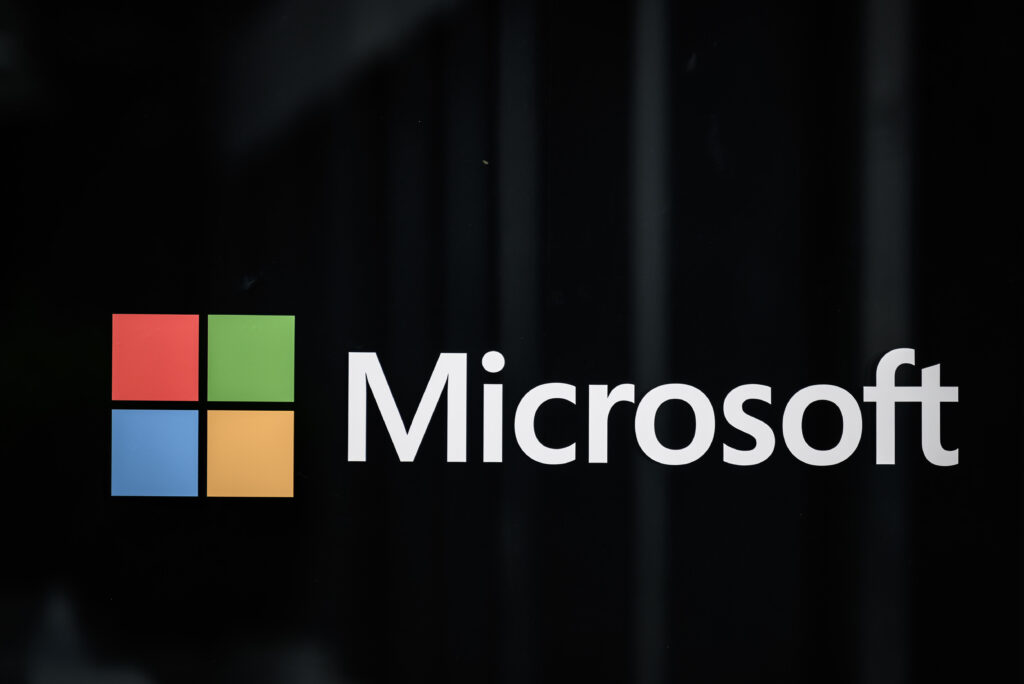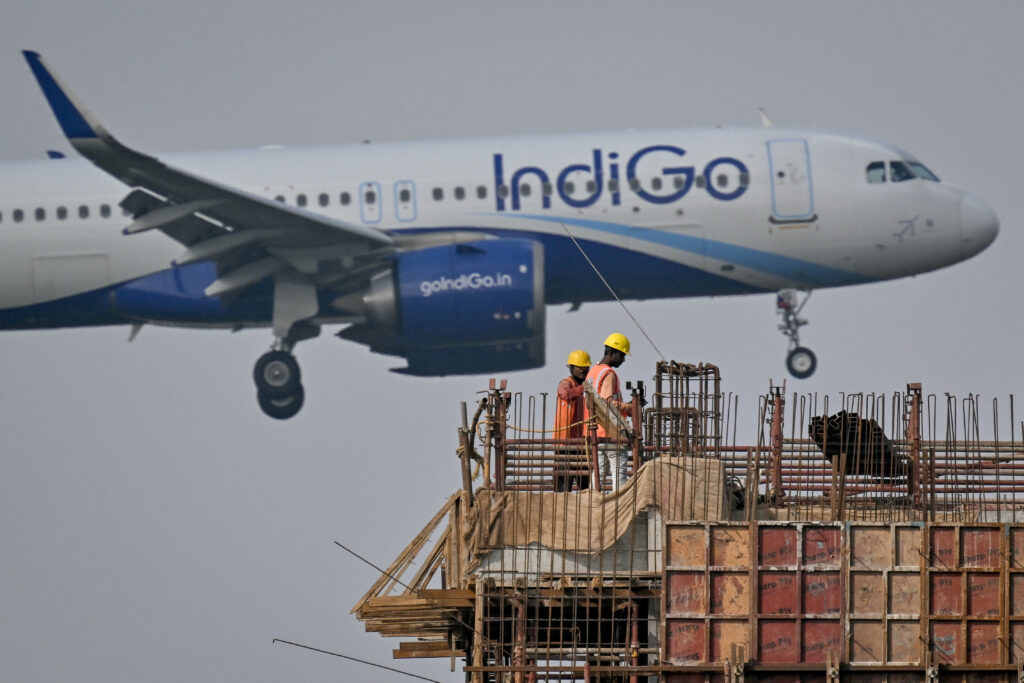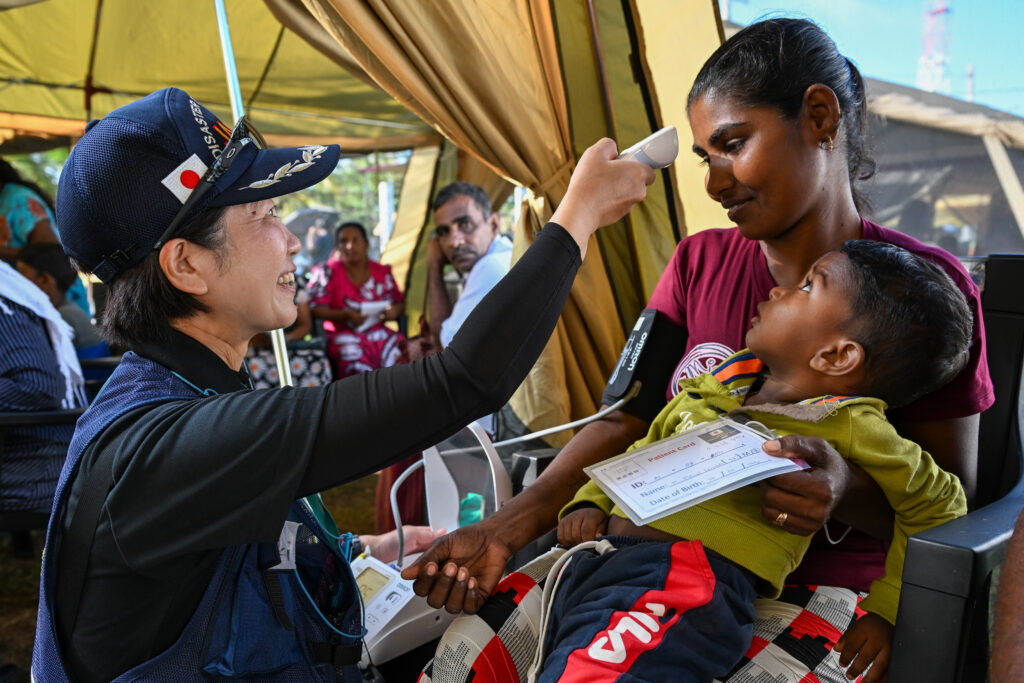Grieving families of Air India crash victims await answers
A flickering candle casts a dim light on the photo of 12-year-old Akash Patni, a pensive look on the face of the Indian boy who died in a plane crash that has left his family inconsolable.He is among dozens of people who died on June 12 when Air India flight 171 smashed into buildings in a neighbourhood of Ahmedabad, in the western state of Gujarat.Since the disaster six months ago, Akash’s parents and four siblings have gathered every day to pray in front of his picture, placed on a shelf in a corner of the small, dark space that serves as their living room.”My son was sitting near the tea stall when a part of the plane fell on him… there was smoke and fire everywhere and nobody could go near the site,” said the father, Suresh Patni, a 48-year-old tea vendor.”The boy was burnt to ashes… We could not even take him to the hospital.”The Boeing 787-8 Dreamliner had just taken off for London when, for reasons that an investigation has not yet clarified, fuel was cut to both of its engines.Deprived of power, the aircraft crashed onto buildings at the end of the runway, engulfing in flames 241 of its 242 passengers and crew, and 19 residents of Ahmedabad.One passenger survived.”Everything happened before my own eyes,” said Akash’s mother Sita Patni, 45.From beneath the headscarf covering her grey hair and shoulders emerges a bare arm covered in large burn scars — the mark of her lost battle to pull her son from the flames.”I am in pain the whole day,” she said softly.”I tried to save him, but he did not survive.”- Compensation -Kiritsinh Chavda, 49, lost his brother and sister-in-law in the crash.He recalled the horror of receiving a call from his father, telling him that a plane had crashed in the neighbourhood where he lives.”He told me that my younger brother and his wife were unreachable,” said Chavda, a police officer.When he arrived at the scene, chaos awaited him.”The bodies were very badly damaged and burned,” he said.”It took nearly a week for my brother and his wife to be identified.”Relatives of the victims have been looking for answers, trying to understand what caused their loved ones’ deaths.They are also just beginning to deal with the ordeal of compensation.Air India quickly paid the equivalent of $28,000 to the families of each of the dead. The airline’s owner, Tata Group, pledged to add another $112,000.”We are yet to get the remaining amount,” muttered Chavda.Air India has acknowledged the delay but asked for patience.”The process for final compensation is underway,” a spokesperson said.”We are deeply conscious of our responsibility and are providing support and care to all families affected by the tragedy, which remains our absolute priority.”To Chavda, “they should give whatever compensation they promised. That is enough for me.”- ‘Who is the culprit?’ -Badasab Saiyed, 60, said that for him, “compensation is secondary.”A retired academic, he lost his brother, sister-in-law, a nephew and a niece in the accident.They had initially planned to fly from New Delhi to London, but the flight was cancelled, and they took the doomed flight from Ahmedabad instead.Saiyed did not hesitate long before joining a complaint filed by a British law firm seeking answers.”The main thing is, who is the culprit responsible?” he said.”Was there lax maintenance, or was there a problem with the Boeing plane itself? Or was it a small (pilot) fault? This should not have happened.”The crash site has been cleared of all the aircraft debris. Only the charred ruins of the building that supported its tail remain, along with a few rusted shells of burned-out cars.- ‘Can’t bear it’ -Curled up in his grief, Suresh Patni cares little about getting answers.”I’m not interested in the investigation,” he said. “I don’t understand any of it.”Nor does he care about compensation.”What do we do with money?” he said. “We lost our son.”The family had had high hopes for Akash.”He was our youngest and the most adored,” his father said. “We wanted him to study and do something.””He was the brightest in our family,” added his mother, who has not had the strength to return to, much less reopen, her tea stall.”I can’t bear it, I keep on thinking about him,” she said.”I can’t bear the sound of a plane now. I keep looking down, can’t look up in the sky.”
